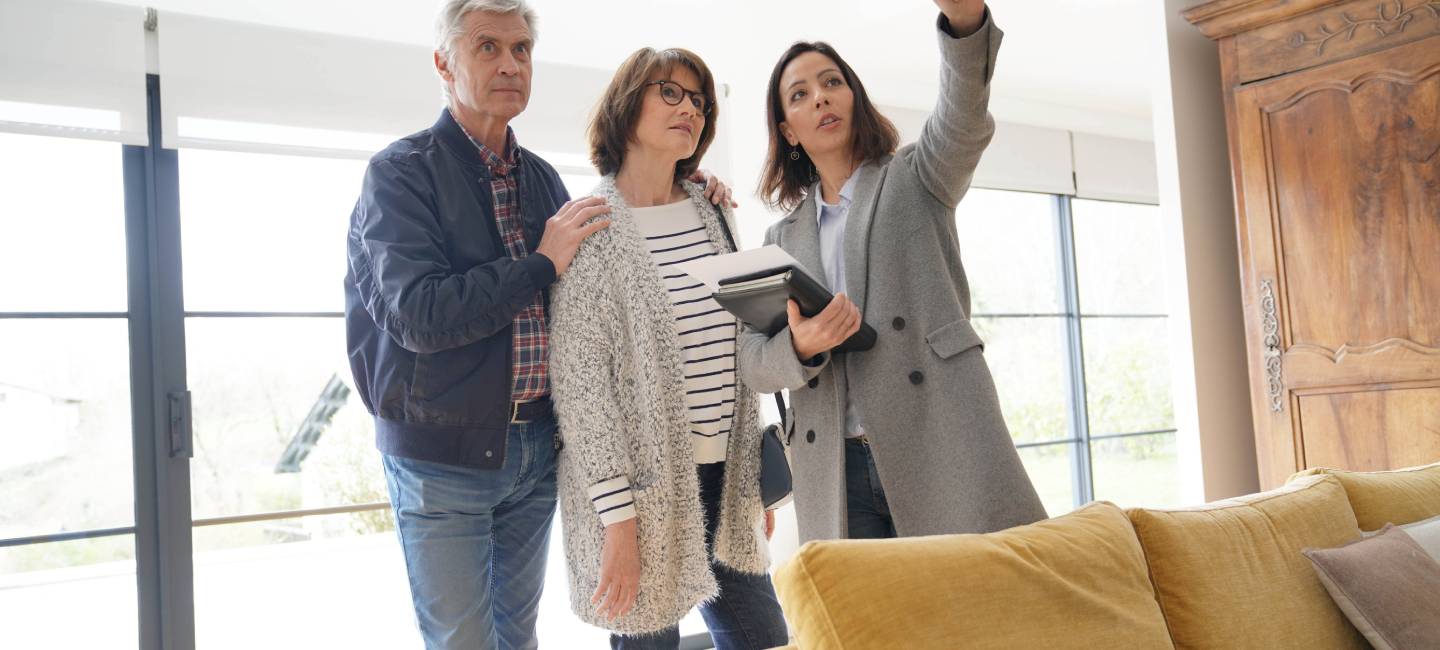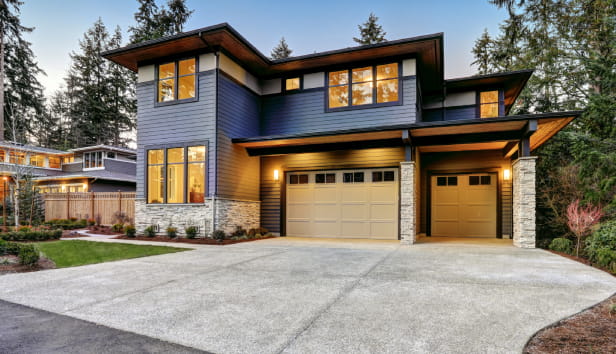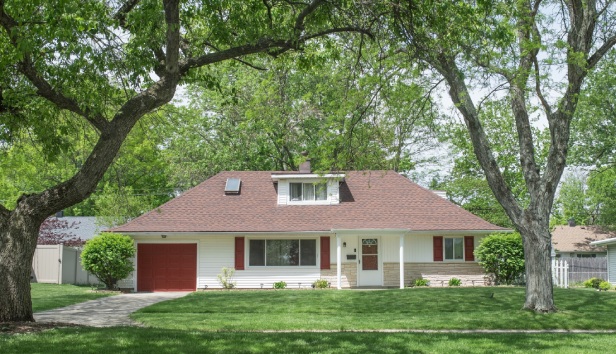
Retirement properties have their appeal, offering community, lower maintenance and security in later life. But there are challenges, particularly when it comes to selling them. So is a retirement property worth considering?
Demand is growing, in part because of the UK’s ageing population. The number of units increased by five years between 2019 and 2024, according to real estate company JLL. The number of people aged 75 and over is expected to rise by 38% between 2023 and 2040, according to the Office for National Statistics.
But these properties can have drawbacks. Angela Kerr, director at the HomeOwners Alliance, says that while they offer an appealing and tailored living environment for older adults, “We regularly hear from owners, and their adult children, caught out by the hidden costs and complex terms.”
What’s on this page?
Retirement properties are specifically designed to provide accommodation for people aged above 50, usually older. The average age of move-in is in the late 70s, according to JLL. The majority of retirement property in the UK is rented social housing, run by local authorities and housing associations. But “integrated retirement communities”, run by private developers, are a fast-growing part of the market.
These tend to include more communal facilities, such as gardens, pools, gyms and activities. These flats are sold leasehold, meaning you have the right to live in a property for a set period – usually 99 or 125 years. Most new-build retirement properties now come with 999-year leases. In Scotland, flats are likely to be freehold but you’ll pay a fee for the management of communal areas.
Existing leases may also have charges for ground rent, although this has now been abolished for new long-term residential leases. Monthly service charges can be hundreds of pounds. “The better the facilities, the more you can expect to pay in service charges – and you’ll be paying whether you use them or not,” says Kerr.
The charity Age UK says that for a one-bedroom flat, you can expect to pay between £1,500 and £3,000 a year in service charges. But newer schemes with 24-hour staffing, extensive communal facilities and on-site care facilities charge up to £10,000 a year. There may also be ‘event fees’ (for moving out or subletting) and ‘exit fees’ (essentially deferred management fees). It’s important to ask for a full breakdown of current and future fees and have the lease reviewed by your own solicitor before you commit.
Chrissy Fice, marketing director at developer McCarthy Stone, says a retirement property should be viewed as much more than bricks and mortar – it’s about the lifestyle and in some cases the security too. “Many of those living with us want to maintain an independent, flexible and active lifestyle. Some use their retirement property as a ‘lock up and leave’ so they can make the most of seeing the world in retirement as they know it will be safe and secure while they’re away.

Affordable sheltered housing typically offers limited facilities, like a warden and emergency alarm system, communal lounge, laundry facilities and guest room. Privately-run integrated retirement communities usually have more amenities, which might include a billiards room, swimming pool, restaurant or even a cinema.
Some offer activities such as fitness classes, arts and crafts and gardening. In the UK, they’re likely to be managed by the developer, but they can be run by a third-party management company. McCarthy Stone and Churchill are the biggest private providers, but there are a range of others.
If you have more health needs, the next step up is housing with extra care. Also known as assisted living, this offers staff to help with personal care. They usually have 24-hour nurses and care staff on site to help if needed. Services and costs can differ greatly so make sure you compare a few options to see what is available in the area you want to live in.
Retirement properties have plenty of appeal. They offer peace of mind, convenience and a ready-made community. The developments are usually secure with 24-hour emergency call buttons. Plus, you don’t have to worry about gardening or a lot of maintenance. They also offer the attraction of a purpose-built home designed for older residents. So you get lifts, wider doorways and generally step-free homes.
Retirement developments can be a great weapon against loneliness, since the shared facilities and community of people in your age group give you easy opportunities to socialise.
“Over 80% of McCarthy Stone homeowners say they feel part of a vibrant community, compared with less than half of over-65s in mainstream housing,” says Fice.
There can also be problems and challenges associated with retirement properties. One of the big ones is the service charges. All those communal areas and events must be paid for. According to the Lottie website, the average monthly service charge is £523.99 a month (or £120.93 weekly).
You pay these whether you are using the facilities or not. “You’ll usually keep paying service charges even after you’ve moved out or passed away, until the property is sold,” says Kerr.
Whether you decide to move on, or your family are selling your place after your death, it can be a difficult process. Selling can be slow and you often can’t sublet while it is on the market. Sometimes the developer/management company has the right of first refusal or must approve the buyer, which can complicate and slow things down.
“There’s a smaller pool of potential buyers, and while you wait, the bills don’t stop – you’ll still be on the hook for service charges and ground rent,” says Kerr. “Poor resale value is also a common problem and should be considered as one of the hidden costs of retirement properties.”
Another issue is the exit fees of up to 35% you may have to pay when you sell, according to the HomeOwners Alliance. Add that to the fact you may not get back what you paid, and retirement properties can be very expensive.
There may also be restrictions, such as rules on pets, long-term guests, or alterations to the property. It’s worth thinking about whether you will benefit from a retirement community specifically, as opposed to simply downsizing to a smaller property that may be suited to your needs.
Renting a retirement property is becoming increasingly common and has benefits. You avoid the hassle of having to sell the property in the future and worries about maintenance. It could be helpful if you don’t want to tie up your capital, or want to “try before you buy”.
“Our data suggests that almost half of our potential customers are considering renting,” says Fice. But you’ll still have to pay the service fees in most cases. And there are downsides such as the potential for above-inflation rent increases and that you don’t have the security of tenure that you get when you buy.
Shared ownership is another option. This allows you to buy part of your retirement flat and pay rent on the rest. This saves you some of the upfront costs, but you would still have to pay all the service charges.
Checklist: Key questions to ask before buying/renting a retirement property
A retirement property offers security, community and convenience but it can come with a hefty price tag. Ask for a list of the terms, conditions and charges upfront before viewing a retirement property, advises Kerr. “A lot of the detail is hidden in the small print, so having a good conveyancing solicitor you have independently appointed is essential.”
Ultimately, the 'worth' of a retirement property also depends on the value you place on the community, security, and lifestyle it offers.
It’s important to consider alternatives such as renting or downsizing to another flat that’s not specifically a retirement home, that might offer you better value and flexibility.
A retirement property is a significant decision with long-term implications. So make sure you make the decision based on thorough research, professional advice, and careful consideration of your personal needs and financial situation.


Provided by Tembo
Find out all you want to know about mortgages with expert advice.

Learn how to reduce your energy bill without living miserably.


